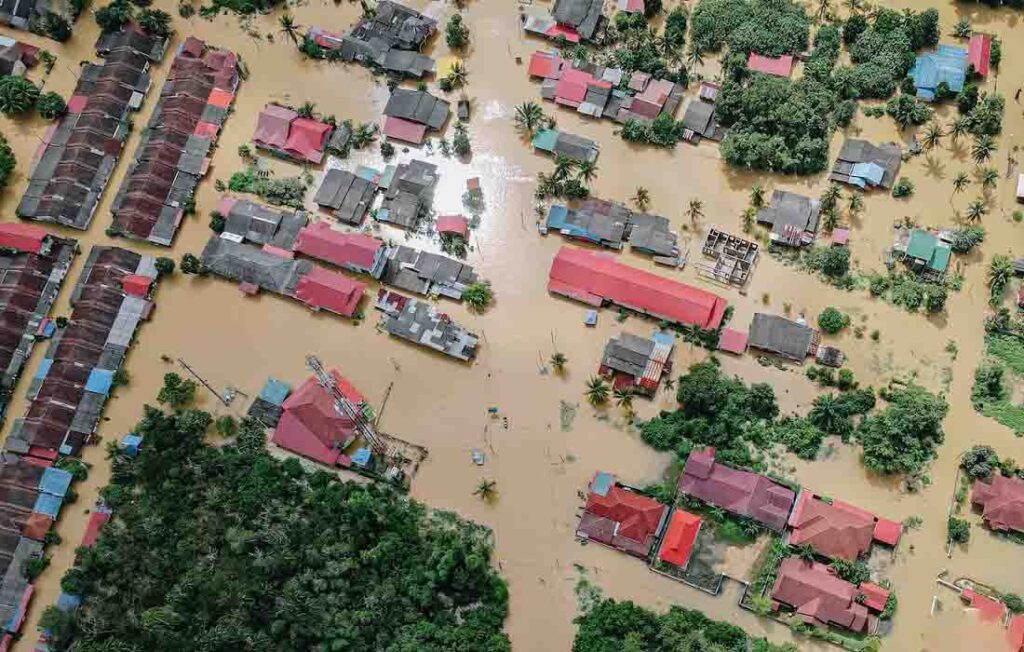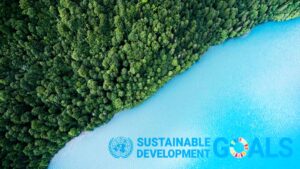- Flooding is the most common natural disaster in the world
- 99% of U.S. counties are impacted by floods
- There has been a 6.5″ sea level rise since 1950
- Globally, this number is just shy of 4″
- Urbanization increases rain runoff by up to 400%
Flooding is the most frequently occurring natural disaster in the U.S. and around the world. This year alone, there has been immense destruction—and death—from the highly damaging floods in eastern Kentucky, Las Vegas, Yellowstone National Park, Europe, Australia, South Korea, Pakistan, and—believe it or not—the Arctic. With millions of people and wildlife displaced, governments and communities worldwide are trying to determine how to move forward.
The truth is flooding costs billions of dollars every year (approximately $82 billion globally), and this average cost has been increasing by billions year-over-year. These disasters threaten the livelihoods of entire communities and wreak havoc on our natural environment. And it’s not going to get better. This is the new normal created by a warming climate. Patterns of more extreme weather are taking place across the globe, including extreme droughts, larger storm systems, and increased precipitation (often suddenly) leading to natural disaster events like flooding.
It’s time to take a closer look at what causes floods, what can be done to prevent them, and how we can support organizations working on the frontlines of climate change and environmental conservation to reduce the risk of flooding and provide relief to communities and habitats that are suffering now.
What Causes Flooding?
Flooding can happen just about anywhere, which is why it’s the most common natural disaster. At its most basic definition, a flood is simply “…the overflowing of water onto land that is normally dry” (NOAA). When there is an influx of water larger than what natural or manmade drainage systems can handle, it builds up. This can be caused by various events such as a significant amount of heavy rain in a short time period, ocean waves coming to shore (e.g., tsunamis), or the failure of a manmade or natural structure, such as a dam.
Gravity and water runoff make lowlands particularly primed for flood disasters, though, if the circumstances are right, flooding can happen in just about any location in the world.
Of the various ways flooding can occur, flash flooding is historically the most dangerous. Fast, sometimes unexpected, and highly destructive due to water travelling at great speeds, flash flooding can do a lot of harm quickly. When a large quantity of water is introduced rapidly to a localized environment, water build-up and soil degradation and instability can become a deadly mix. Creeks and rivers overflow, breaching their banks and sending water outward. In urban areas where there is less exposed earth to absorb excess water, water disperses to the lowest-lying areas (often roadways), and drainage and sewage systems overflow, contaminating flooded areas with waste.
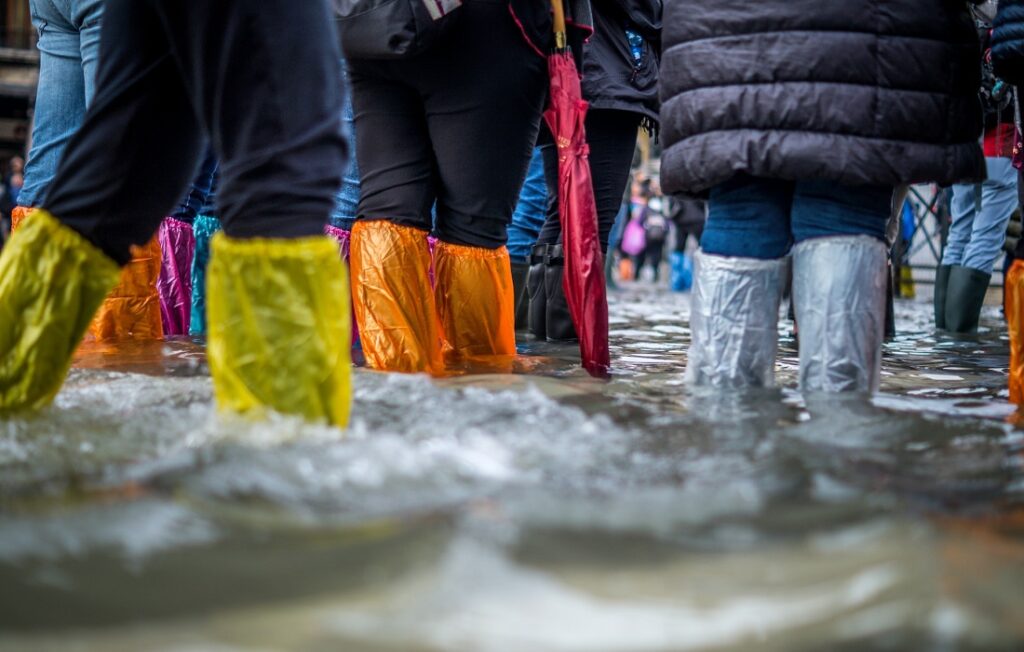
The Economic and Environmental Costs of Flooding
Since 1980, America has spent more than $1 trillion on costs associated with flood disasters. Private homes, commercial buildings and businesses, farmlands, factories and manufacturing plants, infrastructure—nothing is immune. Power outages, the spread of dangerous contaminants, and waterborne diseases are other risks posed by flooding.
Natural habitats and wildlife areas are also severely affected. The death of animals due to drowning, habitat destruction, and animal displacement are all issues that can be propagated by flooding and detrimental to the environment. And, like animals on land, aquatic life can also be displaced; moved via floodwaters to uninhabitable locations where survival rates are low.
Soil erosion, both the diminished quality of soil as well as the relocation of weakened and degraded soils, causes issues where unnatural soil deposits occur.
Build-up can lead to blockages in the natural habitat (such as streams and natural dams), which prevent water from being properly filtered out and decreases the overall water quality. With more sediment in the water comes an overabundance of salt and other minerals that a habitat may not be used to, putting plants, wildlife and agriculture at greater risk. According to the NRDC, America is losing soil, particularly topsoil, at approximately ten times the rate it can be replenished, costing roughly $37 billion every year.
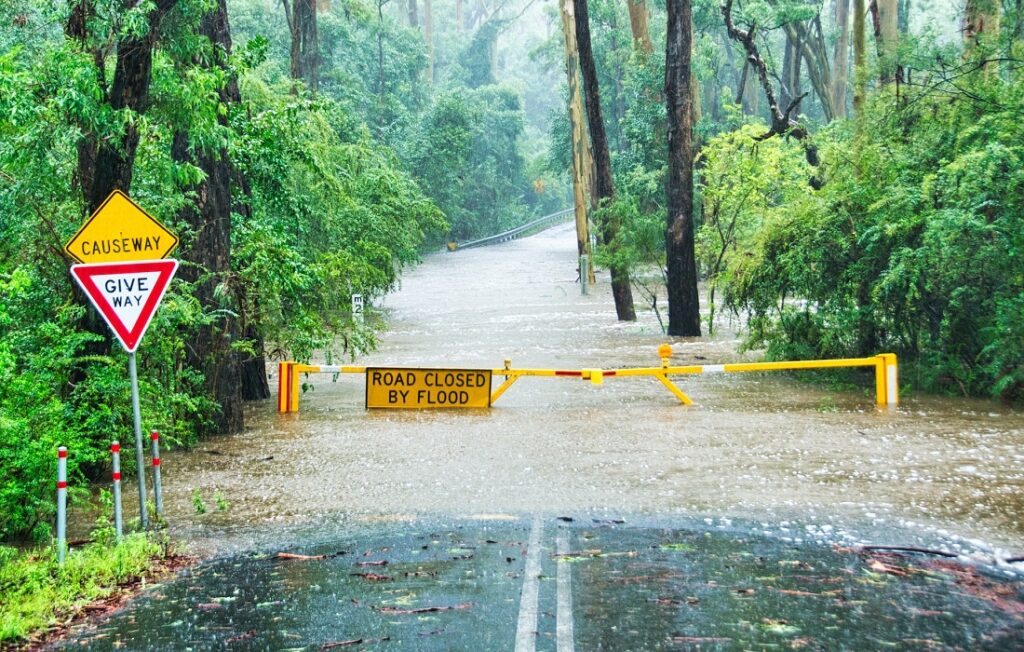
Flooding and Climate Change
As a result of climate change, scientists predict floodplains in the U.S. (low-lying areas at greater risk for flooding) to increase by up to 45% over the next century, putting more communities in harm’s way. This total will include 17% of all urban land. This is primarily true in the Midwest and Northeast as well as coastal regions where flooding has doubled in just a few decades.
Warming global temperatures lead to increased water evaporation which, in turn, leads to an increase in humidity and water vapor trapped in the atmosphere, and more extreme precipitation. While heavy rainfall does not necessarily result in flooding, it certainly increases the potential for flash flooding—especially in dehydrated and post-wildfire landscapes and areas experiencing drought where the soil is less primed to accept a sudden large quantity of water.
Accelerated snowmelt in colder landscapes can also increase the risk of flooding, especially when the spring ground is still largely frozen and cannot absorb the melted water runoff.
These fluctuations in temperature and precipitation, fueled by a rapidly changing climate, have been shifting where water resides in our global ecosystems. While places like the U.S.’s East Coast are gaining precipitation, the West Coast is simultaneously losing it and entering into more and more extreme droughts, leading to other devastating natural disasters such as wildfires.
So, what can we do to stop it?
What You Can Do
At the core of every natural disaster made worse by climate change, it is important that we individually, and—more importantly—at the community level, are making positive environmental changes like reducing our carbon footprint, producing less waste, and utilizing clean energy.
But what about when it comes to flooding in particular? What can you do to prevent flooding in your home and community?
- Do not build in floodplains. While it may seem like a good idea now, your property—and possibly even your life—may be put in danger in a matter of years as the size and scope of floodplains across America increase.
- Elevate and “flood-proof” your home. Grade your lawn away from your home, install a sump pump, clear away debris from drainage pipes (spouts should direct water away from your house) and around the perimeter of your foundation.
- Don’t rely solely on levees. If you live in a region where river or ocean levees are common practice (which includes more than 100,000 miles of U.S. land), make sure you are prepared for potential flooding should the levee break—an occurrence that is becoming more common.
- Support agriculture that preserves soil. Sustainable agriculture and practices like no-till farming promote soil health, which increases soil strength and water absorption.
- Purchase flood insurance. On average, homeowners with flood insurance who experience flood damage to their homes see five times the return on their initial insurance investment due to the high costs of damages. Currently, less than 2% of Americans are covered with flood insurance.
- Speak to your elected officials and make your voice heard. Demand up-to-date flood maps, water infrastructure, and remove all hazardous materials to avoid water contamination for a safer, more prepared community.
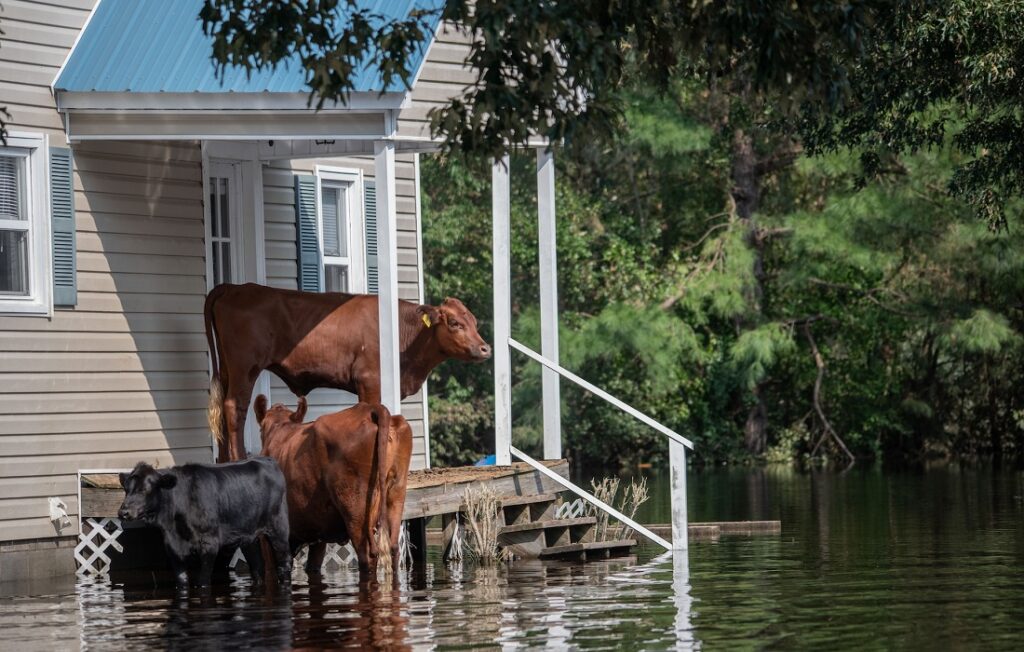
Nonprofits on the Frontlines of Flooding
There are amazing nonprofits working diligently to help educate communities, develop new solutions, and repair ecosystems that have been significantly damaged as a result of flooding.
Volunteering and donating to these organizations can go a long way to help support their critical missions and to help counteract the negative effects of flooding and climate change. We’ve put together a list of nine nonprofits making flood prevention, education, and relief top priorities for their communities and for America as a whole. Check them out!
National
Focused on preserving and protecting healthy rivers, restoring damaged rivers, and conserving clean water for people and communities, American Rivers addresses the threats of climate change on our waters and focuses on providing equal access to clean, safe water for all.
Texas
Bayou Land Conservancy protects and preserves land along streams in order to better control flooding, protect wildlife, and keep water cleaner. By helping communities and natural habitats defend against flooding, Bayou Land Conservancy is able to support the wellbeing of both people and planet.
Connecticut
Connecticut River Conservancy is on a mission to protect clean water, healthy habitats, and support thriving communities. Active in four states, the organization helps protect the entirety of the Connecticut River watershed, preventing pollution, promoting environmental health, and supporting the responsible enjoyment of the river and its tributaries.
Michigan
Dedicated to educating the community on the importance of the Rouge River and its watershed—once the most polluted river in Michigan—Friends of Rouge River helps to restore, protect, and enhance the watershed, envisioning a cleaner, healthier Rouge River ecosystem that will benefit generations to come.
Louisiana
Centered in the Louisiana bayous, Lowland Center supports the conservation of these lowlands and the Indigenous and diverse historied groups who have called them home for decades. By using traditional ecological knowledge and providing the necessary technological support, Lowland Center takes on hazard reduction, climate adaptation, and resettlement for those whose homes are negatively impacted by flooding and other disaster events.
National
Natural Resources Defense Council (NRDC) combines the power of lawyers, scientists, and advocates with millions of individuals passionate about the environment to help battle some of the largest climate issues and natural disasters occurring today. These efforts include fighting for state and federal policies that consider increased flood risks as well as flood insurance reform to support communities and the environment.
Rhode Island
Save the Bay has been working toward a healthier, cleaner, safer Narragansett Bay that can be equally accessed by anyone who wants to enjoy one of Rhode Island’s most important bodies of water. What started as a grassroots organization fighting against a proposed oil refinery is now a network of passionate individuals focusing on advocacy, education, and habitat restoration.
National
Climate Change and its repercussions is one of the leading focuses for the Union of Concerned Scientists. UCS educates individuals and community members throughout the world about sea level rises, flood risks, and the full scale of negative climate impacts we may face if we do nothing about these inherent problems.
Louisiana
Water professionals and community advocates work together to educate community members and implement green infrastructure projects and solutions throughout the Gulf South, which is an area plagued by regular flooding. From climate change to stormwater management, Water Wise Gulf South is helping to clean waterways, improve air quality, strengthen community livability, and much more.
Steps to Stay Safe During a Flood
When a flood does happen, make sure you are taking the proper precautions. In the case of a flood in your home or community, be sure to follow these CDC recommendations:
- Make sure to thoroughly wash your hands any time you come into contact with floodwater
- DO NOT drive through floodwater (just 6 inches of standing water is enough to make your car stall out)
- DO NOT let children or pets near floodwater
- DO NOT use floodwater for drinking, bathing, or cooking due to high risk of contamination
- Clean and thoroughly wrap any open wounds before coming into contact with floodwater
- Wear protective clothing when around floodwater (whenever possible)
- For areas of your home affected by floodwater, dry these spaces as thoroughly as possible using fans, dehumidifiers, etc.
Want more information about becoming an EarthShare Nonprofit Partner and how you can get involved? Know of a flood or water-focused environmental nonprofit that should be added to this list? Reach out to nonprofits@earthshare.org to connect with us!
